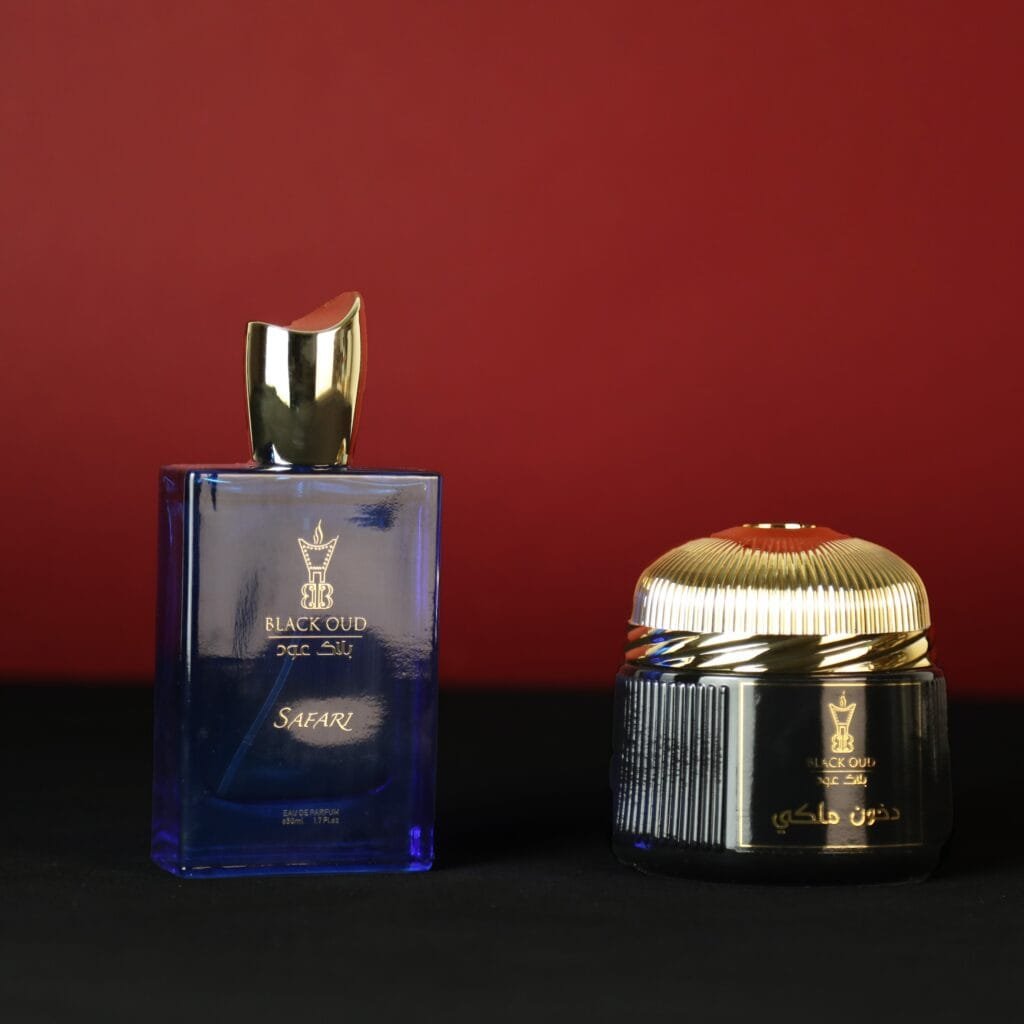How Are Your Perfumes Made? The Art and Science Behind Fragrance Creation
Perfumes have captivated humanity for centuries, evoking emotions, memories, and a sense of identity. But have you ever wondered how these enchanting scents are made? The process of creating a perfume is a delicate blend of art, science, and craftsmanship. From selecting raw materials to the final bottling, every step is meticulously executed to ensure the perfect fragrance. Let’s take a closer look at how perfumes are made.

1. The Inspiration: Conceptualizing the Fragrance
Every perfume begins with an idea. Perfumers, also known as “noses,” draw inspiration from nature, emotions, memories, or even abstract concepts. Whether it’s the freshness of a spring morning, the warmth of amber, or the allure of a blooming rose, the inspiration sets the tone for the fragrance.
2. Selecting the Ingredients
The heart of any perfume lies in its ingredients. Perfumes are made using a combination of natural and synthetic materials:
Natural Ingredients: These include essential oils, absolutes, and resins extracted from flowers, fruits, spices, woods, and herbs. For example, rose, jasmine, sandalwood, and vanilla are commonly used natural components.
Synthetic Ingredients: These are laboratory-created compounds that mimic natural scents or produce entirely new ones. Synthetics allow perfumers to create unique and long-lasting fragrances that might not be possible with natural ingredients alone.
3. Extraction Methods
The process of extracting aromatic compounds from raw materials is crucial. Some common extraction methods include:
Steam Distillation: Used for extracting oils from plants like lavender and peppermint. Steam passes through the plant material, releasing essential oils, which are then condensed and collected.
Solvent Extraction: Ideal for delicate flowers like jasmine. The plant material is dissolved in a solvent, which is then evaporated to leave behind a concentrated aromatic compound called an “absolute.”
Expression: Primarily used for citrus fruits, where the oils are mechanically pressed from the rind.
Enfleurage: A traditional method where flowers are placed on a layer of fat to absorb their scent. This is rarely used today due to its labor-intensive nature.
4. The Art of Blending
Once the raw materials are extracted, the perfumer begins the blending process. This is where the magic happens. The perfumer combines different ingredients in precise proportions to create a harmonious scent. Fragrances are typically structured into three layers, known as notes:
Top Notes: The initial impression of the perfume, often light and fresh (e.g., citrus, herbs).
Middle (Heart) Notes: The core of the fragrance, which emerges after the top notes fade (e.g., floral, spicy).
Base Notes: The foundation of the scent, providing depth and longevity (e.g., woods, musk, vanilla).
Luxury Fragrances on Sale!
Discover premium perfumes & exclusive combos at BlackOud.Ae’s High Sale. Limited time deals on Oud Al Aswad, Oud Muattar & more. Shop now!

5. Aging and Maturation
After blending, the perfume is left to age. This allows the ingredients to meld together and develop a more rounded and cohesive scent. Aging can take weeks or even months, depending on the complexity of the fragrance.
6. Dilution and Filtration
Perfumes are typically diluted with alcohol to achieve the desired concentration. The ratio of fragrance oil to alcohol determines the strength of the perfume:
Eau de Parfum: 15-20% fragrance oil.
Eau de Toilette: 5-15% fragrance oil.
Eau de Cologne: 2-4% fragrance oil.
After dilution, the mixture is filtered to remove any impurities, ensuring a clear and smooth final product.
7. Quality Control and Testing
Before a perfume reaches the market, it undergoes rigorous testing. Perfumers and quality control experts evaluate the scent’s stability, longevity, and overall appeal. Adjustments may be made to perfect the fragrance.
Pay with Tabby
Tabby lets you split your purchases into 4 monthly payments so you can worry less and aim for more. And you’ll never pay interest or fees, not even late fees.
8. Bottling and Packaging
The final step is bottling the perfume. The design of the bottle and packaging is often as important as the fragrance itself, reflecting the brand’s identity and the essence of the scent. Once bottled, the perfume is ready to be shipped and enjoyed by customers worldwide.
Conclusion
The creation of a perfume is a fascinating journey that combines artistry, chemistry, and passion. From the careful selection of ingredients to the meticulous blending and aging process, every step is essential in crafting a fragrance that tells a story and leaves a lasting impression. The next time you spritz on your favorite perfume, take a moment to appreciate the craftsmanship and creativity that went into making it. After all, a great perfume is more than just a scent—it’s an experience.







Add comment